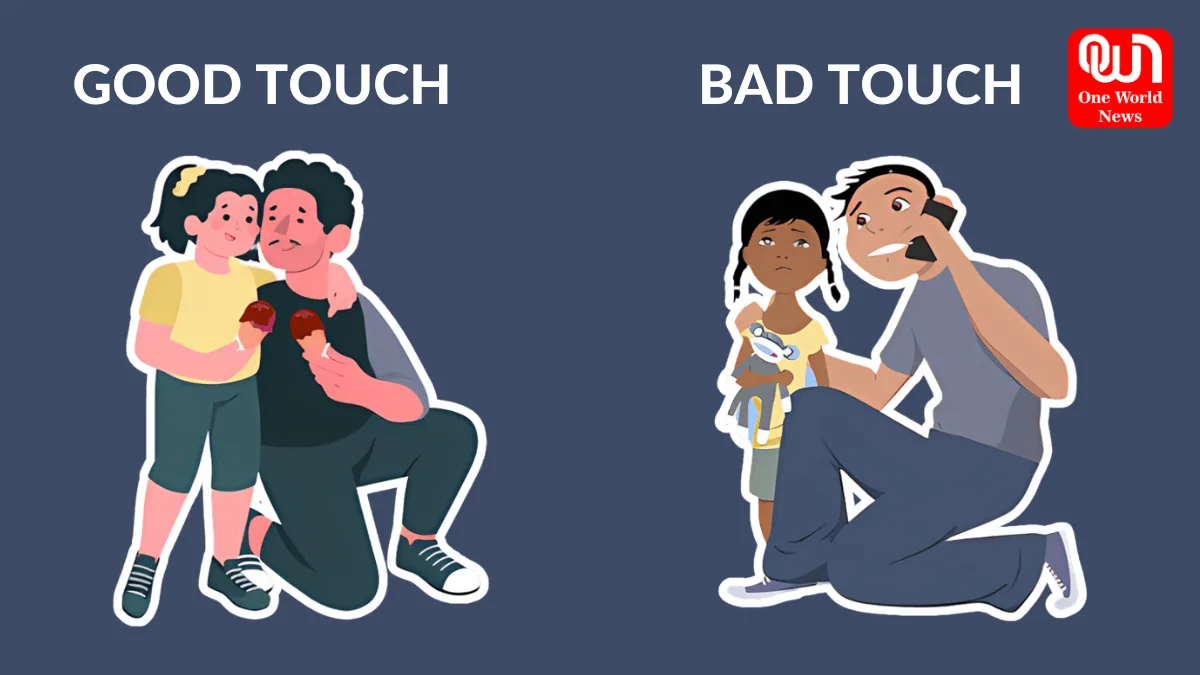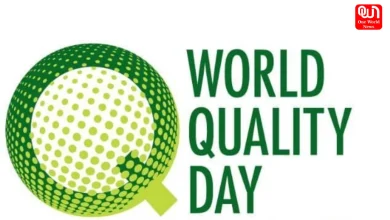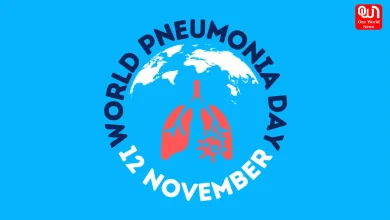Lifestyle
Good Touch, Bad Touch: A Vital Conversation Every Parent Must Have
Teaching children about safe and unsafe touch is crucial for their safety and well-being. Parents must have ongoing, age-appropriate conversations to empower their children with knowledge, fostering trust, and ensuring they understand personal boundaries and their right to say no.
Raising Awareness: The Role of Parents in Teaching Children About Safe and Unsafe Touch
Table of Contents Hide
Raising Awareness: The Role of Parents in Teaching Children About Safe and Unsafe Touch
In today’s world, safeguarding our children goes beyond protecting them from physical dangers; it also means educating them about their own bodies and personal boundaries. One of the most crucial conversations every parent must have with their child is about safe and unsafe touch. This discussion is not only essential for their safety but also for their overall emotional and psychological well-being.
The Foundation of Trust and Communication
Open communication is the cornerstone of any healthy relationship, especially between parents and children. By teaching your child about safe and unsafe touch, you’re not just imparting knowledge—you’re building a foundation of trust. This trust empowers your child to come to you with any concerns, fears, or experiences that make them uncomfortable. When children know that they can talk to their parents without fear of judgment or punishment, they are more likely to speak up if something inappropriate happens.
Understanding Good Touch and Bad Touch
At its core, the concept of good touch versus bad touch is about helping children understand their right to their own bodies. Good touches are those that make a child feel safe, loved, and respected—like a hug from a parent or a high-five from a friend. Bad touches, on the other hand, are those that make a child feel uncomfortable, scared, or confused. These can include inappropriate or unwanted physical contact, even from someone they know or trust.
It’s important to teach children that their bodies belong to them, and they have the right to say no to any touch that makes them feel uneasy. This includes touches that might not seem harmful but make them feel uncomfortable nonetheless. Children should also know that it’s okay to speak up if someone violates their personal boundaries, regardless of who that person is.
The Role of Parents
Parents play a vital role in this education process. It’s not enough to assume that children will learn about safe and unsafe touch through school programs or external sources. These conversations need to start at home, where children feel safe and supported.
Begin these discussions early, using age-appropriate language and examples. Reinforce the message regularly, and ensure that your child understands that they can always come to you with any questions or concerns. By normalizing these conversations, you help reduce the stigma or embarrassment that can often surround discussions of the body and personal space.
Parents should also be vigilant about the media their children consume. Children’s television shows, movies, and even books can either reinforce or undermine the lessons about safe and unsafe touch. Monitoring content and discussing any questionable material helps children apply what they’ve learned in real-life scenarios.
The Impact of Education
When children are educated about safe and unsafe touch, they are better equipped to recognize inappropriate behavior and protect themselves from potential harm. This knowledge fosters a sense of empowerment and self-respect that can carry them through their lives. Moreover, children who understand these concepts are more likely to respect the boundaries of others, fostering a culture of mutual respect and safety.
A Vital Conversation Every Parent Must Have
Teaching children about good touch and bad touch isn’t just a one-time discussion—it’s an ongoing conversation that evolves as they grow. The goal is to create an environment where children feel confident in their understanding of personal boundaries and are empowered to protect themselves.
As parents, it’s our responsibility to ensure that our children are not only safe but also feel secure in the knowledge that they can control what happens to their bodies. By raising awareness and fostering open dialogue, we can help our children navigate the complexities of human interactions with confidence and security.
This is a conversation that every parent must have—because protecting our children starts with giving them the knowledge and tools to protect themselves.
We’re now on WhatsApp. Click to join
Like this post?
Register at One World News to never miss out on videos, celeb interviews, and best reads.








